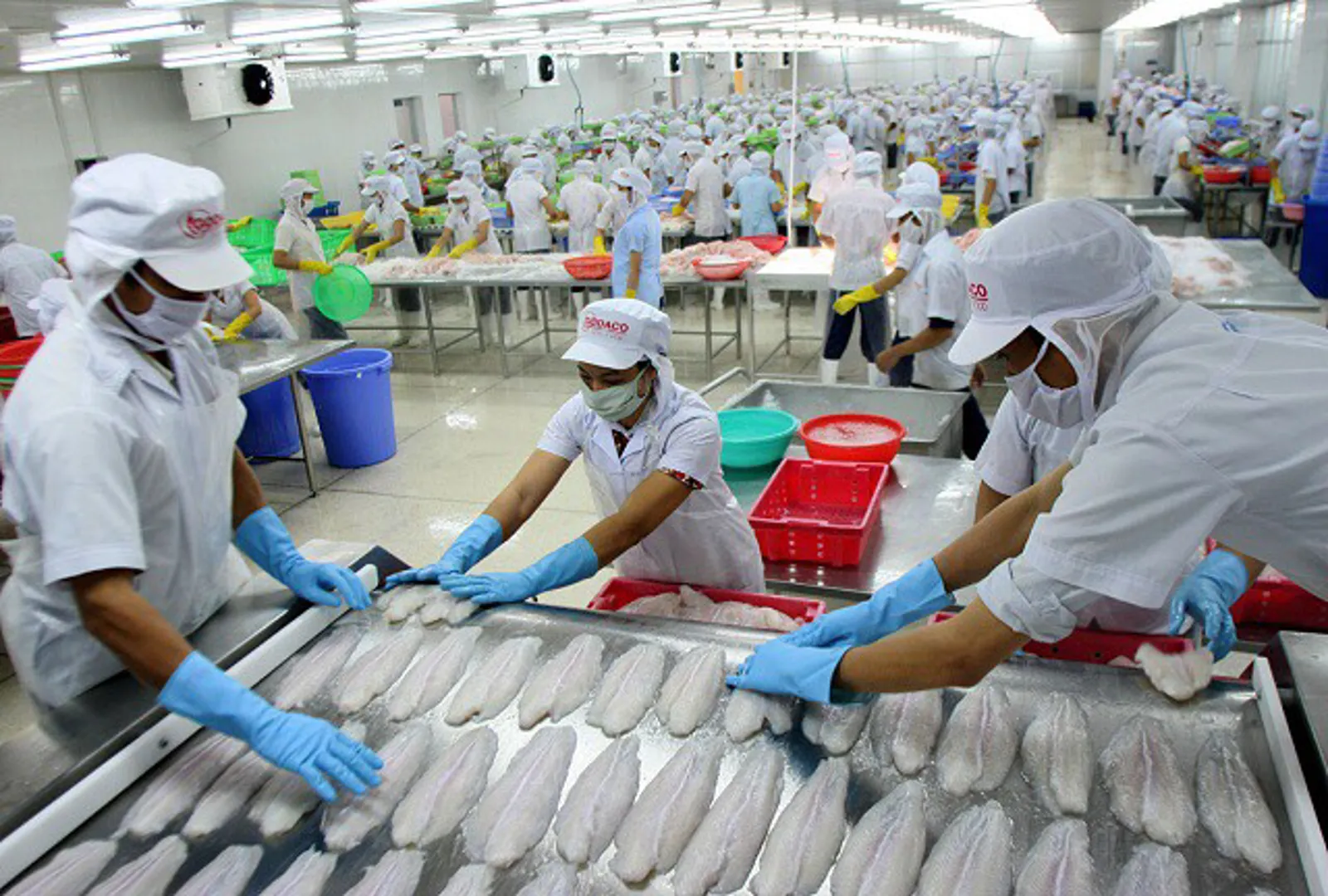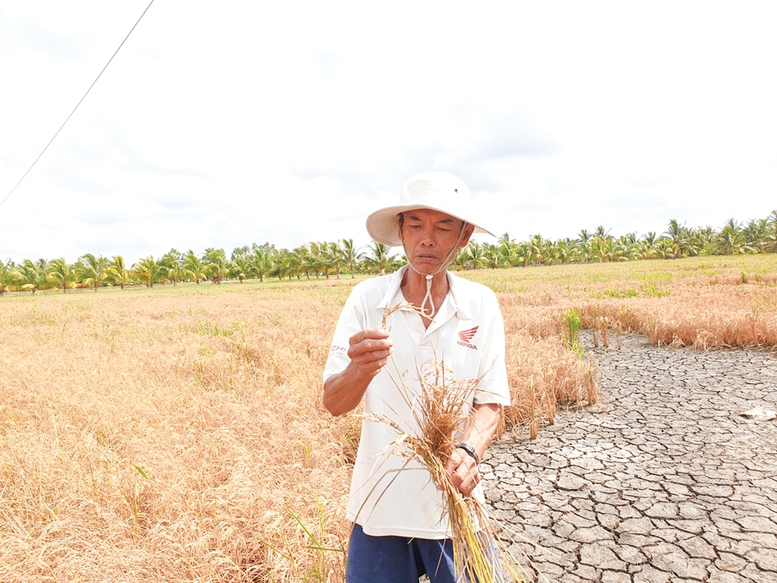Vietnam's trade turnover with China declines 11.8% in Jan
A strong decline in bilateral trade turnover was due to the long Lunar New Year break in January and impacts from the outbreak of the new coronavirus (nCoV) in China.
Vietnam’s trade turnover with China in January reached US$8.29 billion, down 25.8% month-on-month and 11.8% year-on-year, according to the General Department of Vietnam Customs (GDVC).
| Trucks going through Huu Nghi International Border Gate. Source: Lang Son Newspaper. |
A strong decline in bilateral trade turnover was due to the long Lunar New Year break in January and impacts from the outbreak of the new coronavirus (nCoV) in China.
Upon breaking down, Vietnam’s exports to China in January stood at US$2.75 billion and imports US$5.54 billion, resulting in an export turnover per day at US$130.52 million (except for weekend and national holidays) and import value of US$261.47 million on average.
However, in the first three working days (January 30, 31 and February 3) after the holiday, Vietnam’s average export turnover to China stood at US$82.1 million per day and imports at US$182.8 million, equivalent to 63% and 70%, respectively, of working days in January.
To prevent the spread of the nCoV outbreak, all border gates between the two countries, which are major trade routes for agricultural products, especially fruits, have been closed until February 9.
On February 5, cross-border trade activities between China and Vietnam resumed via Huu Nghi International Border Gate in Lang Son province, relieving some pressure on Vietnam’s agricultural sector with high reliance on the Chinese market.
By the end of the day, Vietnam’s customs authority at the border gate cleared 60 trucks carrying agricultural products and importing electronic parts.
All trucks carrying goods from China to Vietnam and vice versa, would be subject to strict medical checks before clearance, while all drivers and loaders are required to go through 14 days of quarantine.
Minister of Agricultural and Rural Development Nguyen Xuan Cuong previously said the agricultural sector would suffer the most from the outbreak as exports to China are poised to plunge.
As of presents, Vietnam’s exports of agricultural products account for 22 – 24% of the country’s farm exports.
China is currently one of the major export markets for Vietnamese fisheries and agricultural products. The main farm export staples to China include vegetables, cashew, coffee, rice, cassava products, rubber and aquatic products.
In 2019, Vietnam’s agro-forestry-fishery exports to China reached US$8.5 billion, of which, wood and wooden products amounted to US$1.2 billion, up 8.4% year-on-year, exports of fisheries, rubber and vegetables reached US$1.23 billion, US$1.55 billion and over US$2.4 billion, respectively.

Vietnam exporters urged to look for alternative markets amid China’s nCov outbreak
The epidemic has not left major impacts on bilateral trade relations, said the Ministry of Industry and Trade.

nCoV to cause long-term impacts on Vietnam – China economic relations
This is the right timing for Vietnam to restructure economic sectors, said Minister of Industry and Trade Tran Tuan Anh.

Vietnam agricultural sector considered most vulnerable to nCoV
The ongoing epidemic is predicted to impact the trade flow of agricultural products between Vietnam and China in six to eight months.







